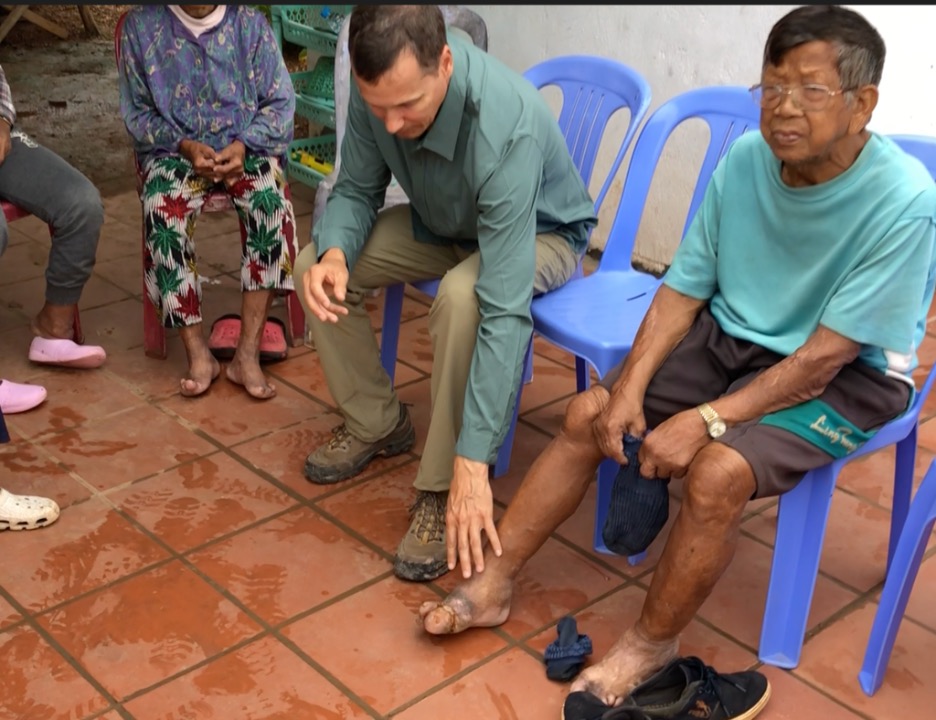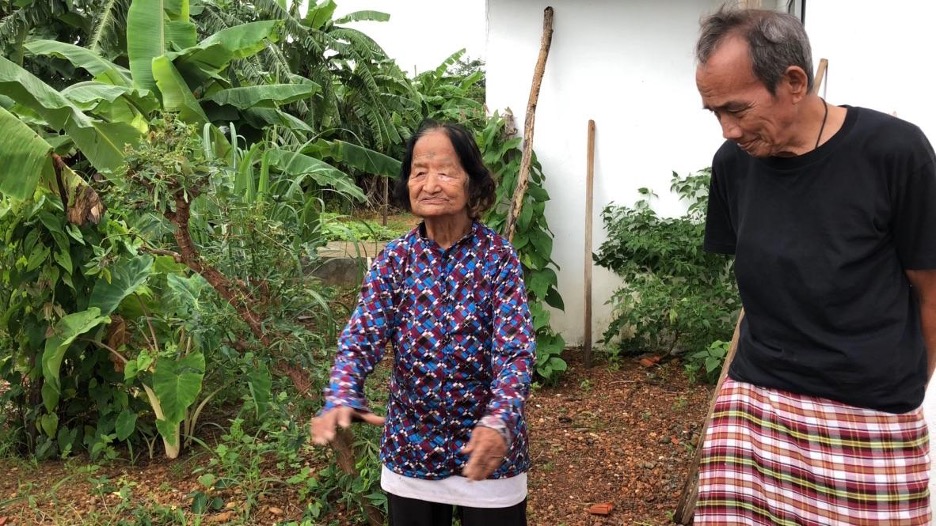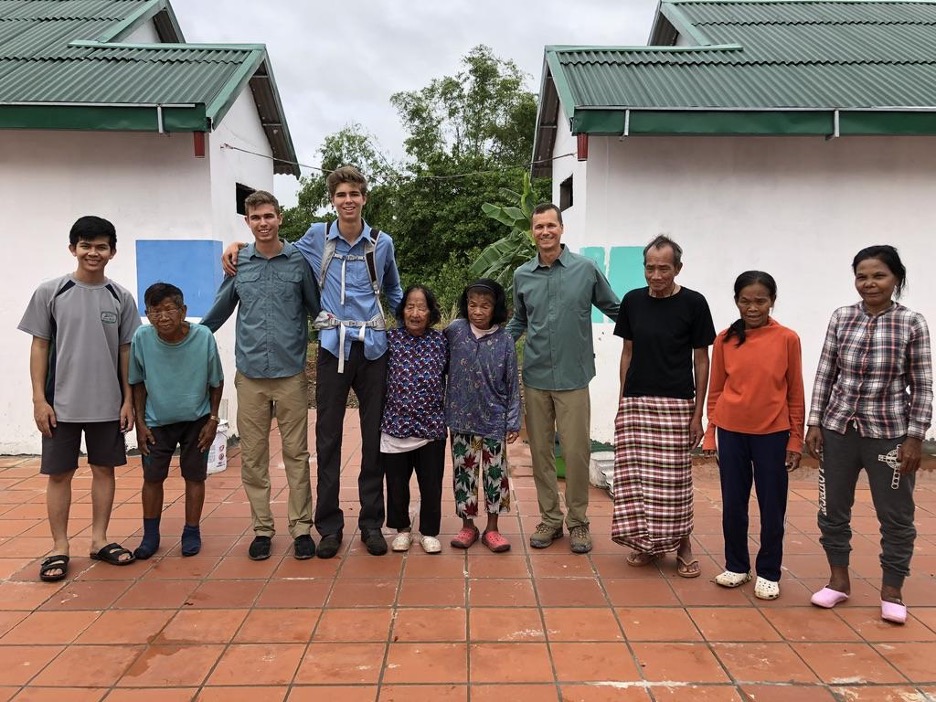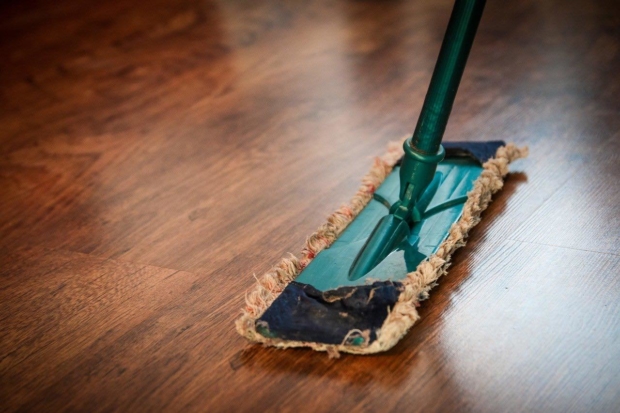Leprosy is still around. It’s physically debilitating and the stigma creates forced isolation for many victims. Stung Treng, Leprosy Village is a new facility providing a new turn on life for its residents. This village offers medical care and social interaction to those affected by the disease. The goal is to help these people reintegrate into society and lead normal, productive lives. This village is changing the lives of its residents, thanks to Marc Zboch, and it is an inspiring example of what can be done when we work together!
How was the Village Created?
The Stung Treng Leprosy Village is located in a rural area near the small town of Stung Treng. In Cambodia alone, over 100 leprosy villages have been established since 1994, when an International Treaty was signed to help eliminate this disease. But what is leprosy? And why do we need these kinds of places anyway?
What Is Leprosy?
Leprosy is a chronic bacterial infection that can affect anyone at any age or ethnicity. There are two: multibacillary (MB) and paucibacillary (PB). MB is the more severe form of the disease, and it can cause deformities, blindness, and even death. PB is less severe, but it can still lead to nerve damage, skin lesions, and other disabilities.
The World Health Organization estimates that there are currently around 210,000 new cases of leprosy each year. 95% of these cases occur in just 22 countries: Brazil, Bangladesh, China, Ethiopia, India, Indonesia, Ivory Coast, Madagascar, Mozambique, Nepal, Nigeria, Pakistan, Philippines, Sierra Leone, Somalia, South Africa, Sri Lanka, Sudan, Tanzania, Thailand, Timor-Leste, Uganda, Vietnam, Zambia, and Zimbabwe. Leprosy is not highly contagious – you cannot get it from a toilet seat or touching an infected person. It is only spread through prolonged contact with bodily fluids such as mucus, saliva, tears, and sweat.
The disease was once thought to be incurable (or at least very difficult to treat), but that’s no longer the case! Today, several types of drugs are available that can cure leprosy or keep it from getting worse; however, they need to be taken daily over a long time, depending on how severe the symptoms are.
How did Marc Help?
Marc Zboch was one of the people who helped build the Stung Treng Leprosy Village. Not only did he help build the village, but he also helped to set up sustainable agriculture. He said, “I was asked to help set up a sustainable agriculture program for the residents. I knew this would be a fun project and I brought two of my sons with me.”
Why Did They Build the Village?
Even though the charity helps them buy food and everything they need, the residents are very self-reliant and do not trust outsiders. Many had small plots of land in the jungle that they farmed. Cambodia has loose property laws, so if they leave the land for too long a squatter can take it from them. This keeps victims from seeking critical medical treatment. They also don’t want to give up their independence or receive charity. Marc Zboch has created many self-sustaining agriculture projects throughout the world and was tasked with figuring out a way to bring the residents to the clinic while giving them a way to be self-sufficient.
How Does the Village Operate?
The village has 20 acres of land, a medical clinic and living quarters. Marc Zboch explains that he was originally going to donate lime trees and help the residents form a co-op for this profitable crop. But the residents had their own ideas. They wanted to each grow their own fruit and vegetable plants and trade with each other. Marc Zboch agreed but was still hesitant because some of the residents are older and some have lost most of their fingers, toes and vision. A tractor was donated to till the soils each year and the residents hand plant their own seeds. Fresh meat and vegetables are delivered each day, but most residents prefer to eat what they grow.
What’s it Like To Live in the Village?
It’s like living in any other small village – everyone knows each other, and there is a sense of community. The villagers are friendly and welcoming, and they are happy that finally, there is a place where they are accepted and not feared. Even though they have lived years in isolation, the residents are extroverted and very social. They also love to be touched and hugged. They have all been through a lot, but they are determined to make the best of their new lives.
Has the Village Been Successful?
Yes, the village has been very successful. The residents are happy, healthier, and they can support themselves. They no longer have to live in fear or isolation, and they are proud to be a part of the community. Thank you for helping us build this special place!
The Leprosy Village in Stung Treng is a success story of how one community can come together to overcome not only their disabilities but also revive the land. Marc Zboch helped build this village and its sustainable agriculture with 20+ residents that have leprosy who are now living independently. They don’t want to receive charity; instead, they would rather make it happen themselves.










